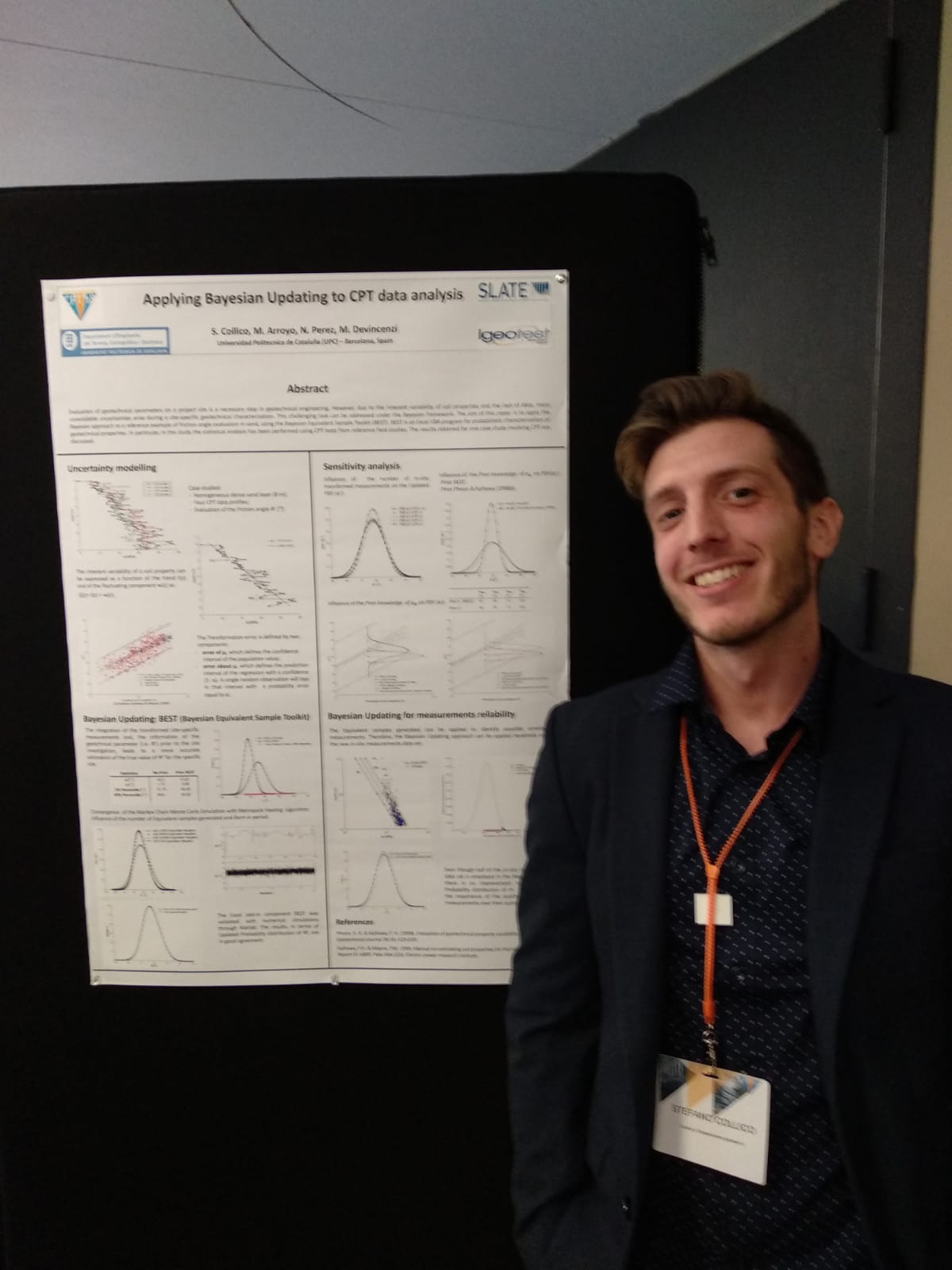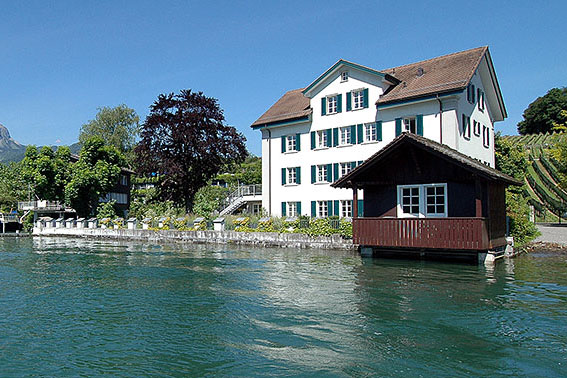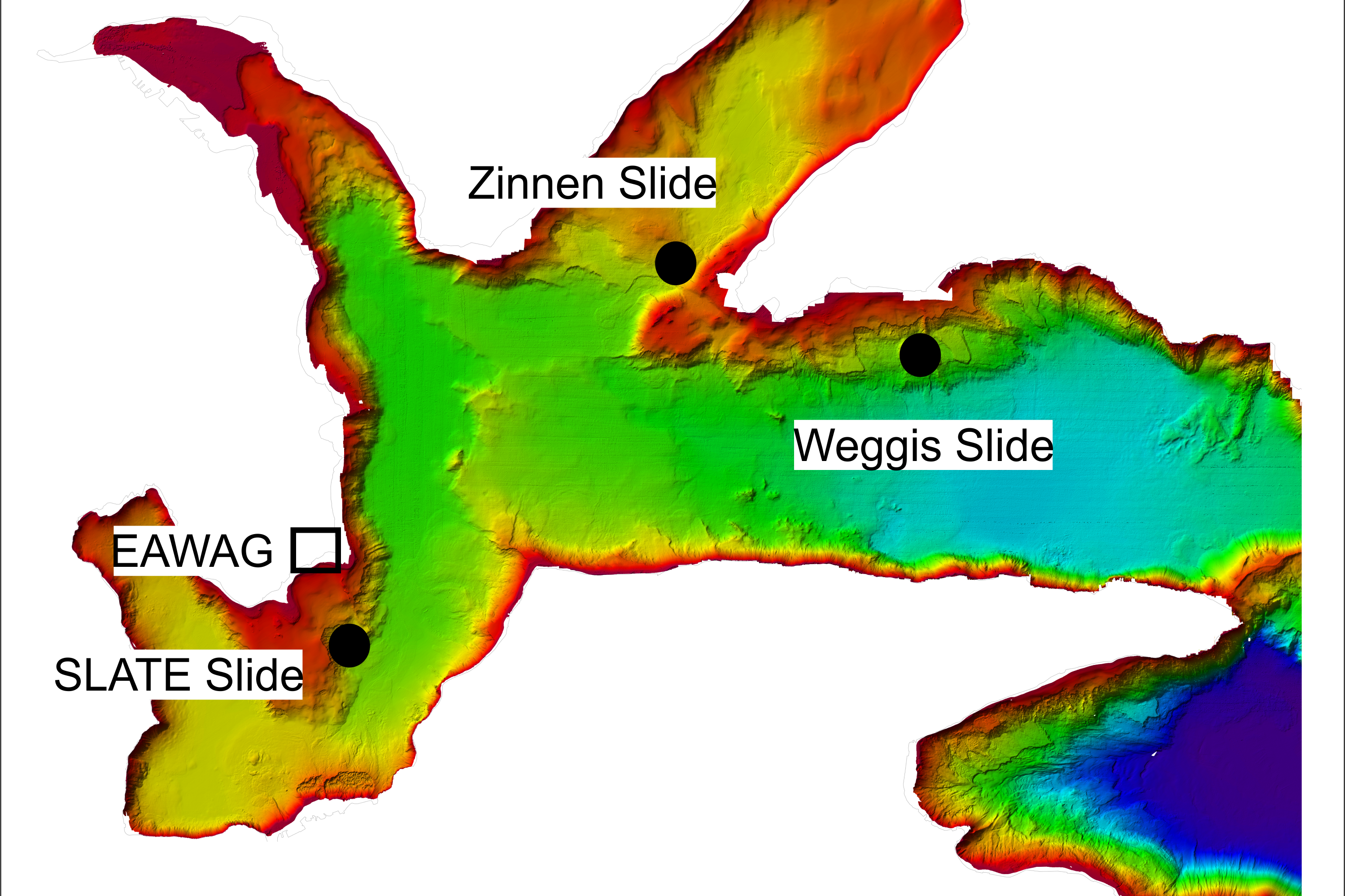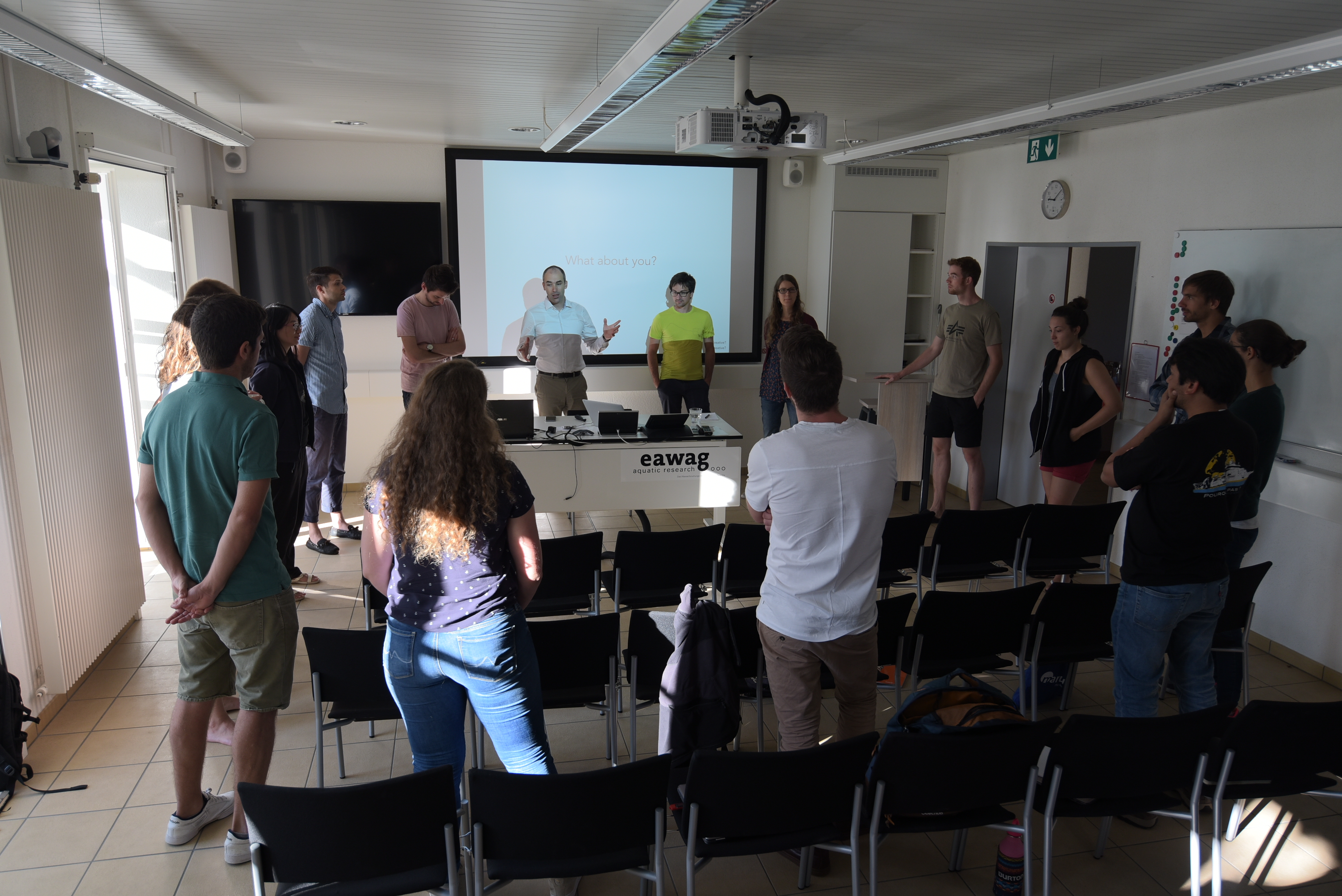ESR 8
@ Vienna, Austria (07 – 12 April 2019) | 2019-07-23
A GUIDE AROUND EGU 2019
ESR1, ESR 2, ESR 3, ESR 4, ESR 5, ESR 6, ESR 7, ESR 8, ESR 9, ESR 12, ESR 13, ESR 14, ESR15 | @ VIENNA, AUSTRIA (7-12 April 2019)
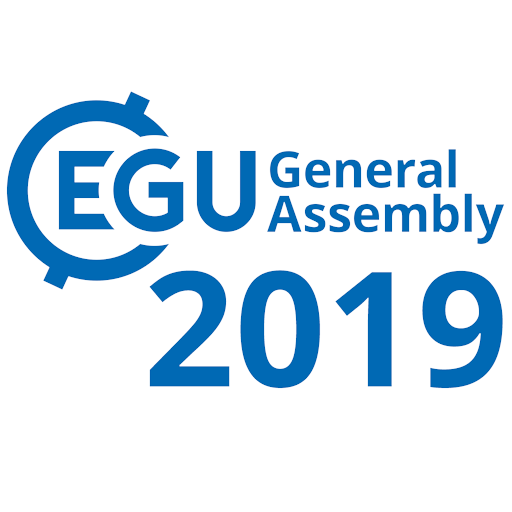
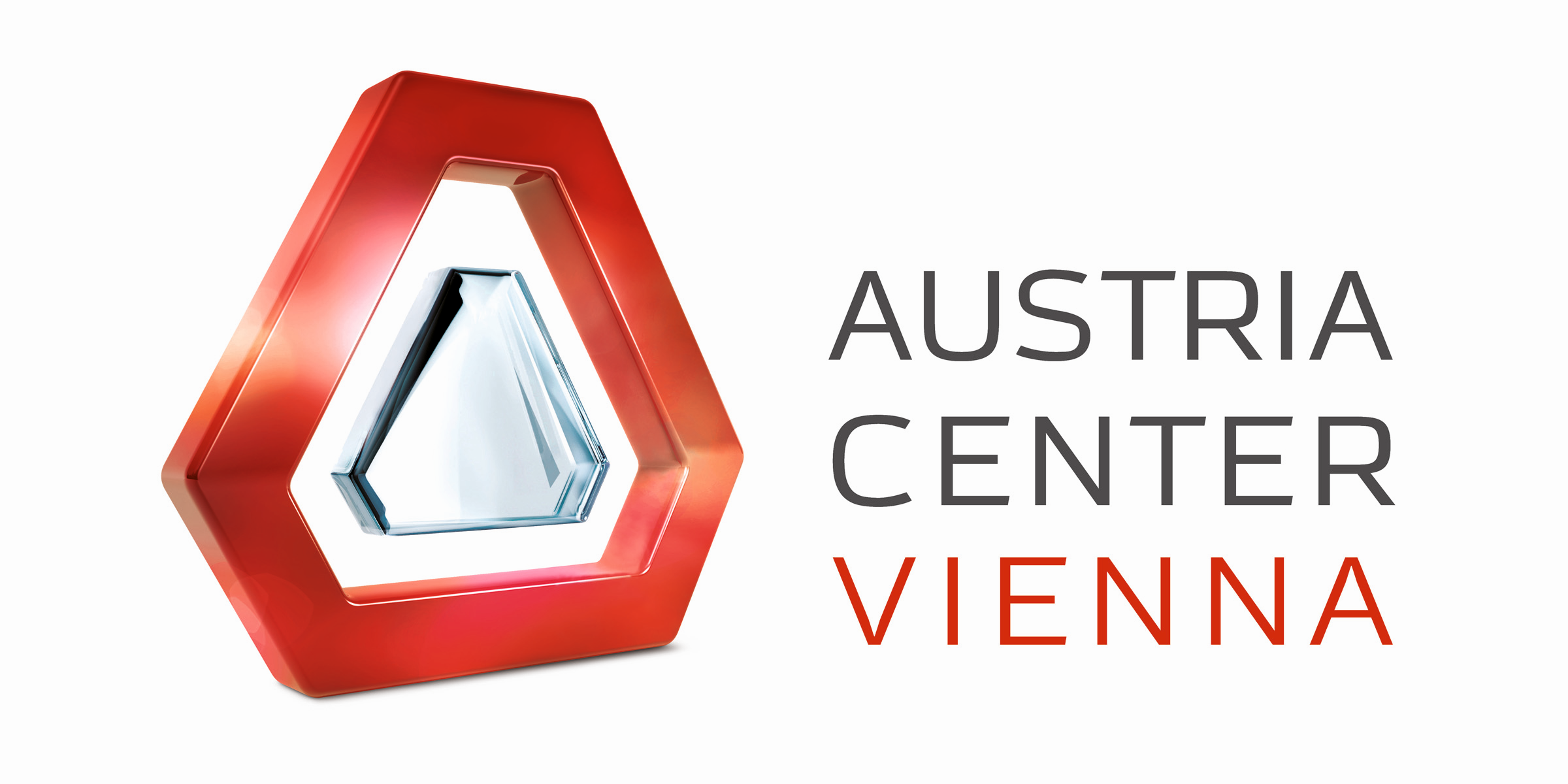
“The EGU General Assembly 2019 was a great success with 5,531 oral, 9,432 poster, and 1,287 PICO presentations that were attended by 16,273 scientists from 113 countries” (Copernicus Meetings, 2019).
SLATE was well represented with 12 PhD candidates, PIs (Achim Kopf, Michael Clare, Carl Harbitz, Finn Lovholt, Michael Strasser) and Aggeliki Georgiopoulou from the advisory board presenting their work.
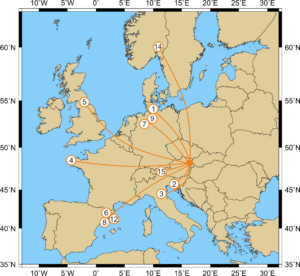
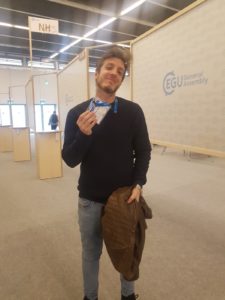 Presenting our work
Presenting our work
Rachel, Jonathan, Tugdual, Shray, Kate, William and Matthias drew crowds of people into the lecture rooms with their amazing presentations. They spoke on a variety of topics; covering different aspects of turbidites and their evolution, contourites and submarine landslides.
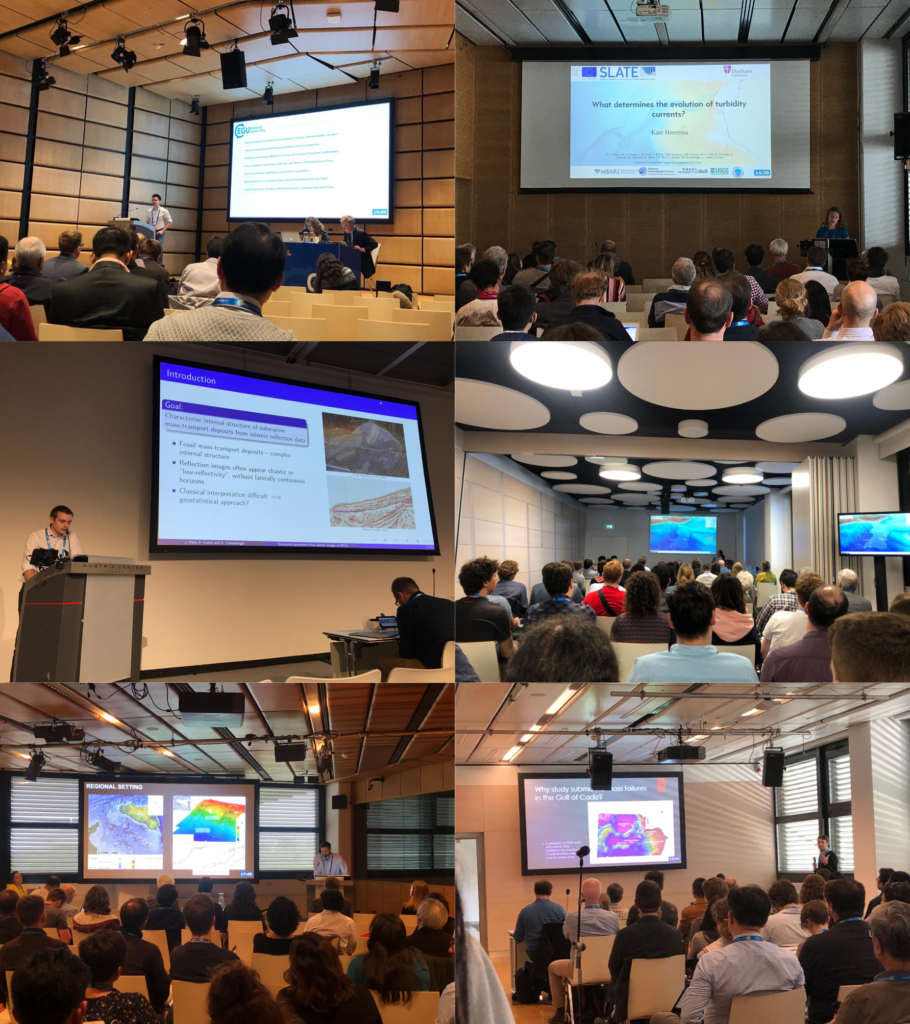 “I was very happy to be able to present my work at this conference, as it gives an occasion to present our work in front of a wide audience with very diverse backgrounds. I came out with very good feedback and advice for my work.” (Tugdual Gauchery, ESR 3)
“I was very happy to be able to present my work at this conference, as it gives an occasion to present our work in front of a wide audience with very diverse backgrounds. I came out with very good feedback and advice for my work.” (Tugdual Gauchery, ESR 3)
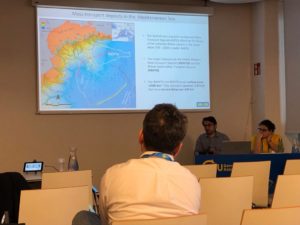
„It was my first time at the EGU and it was overwhelmingly large. I had the opportunity to talk to several researchers after my talk – it is always good to get feedback on both the positive and negative parts of ones research.” (Shray Badhani, ESR 4)
Davide, Ting-Wei, Stefano, Ricarda and Maddalena presented their work in the poster sessions and attracted a lot of people.
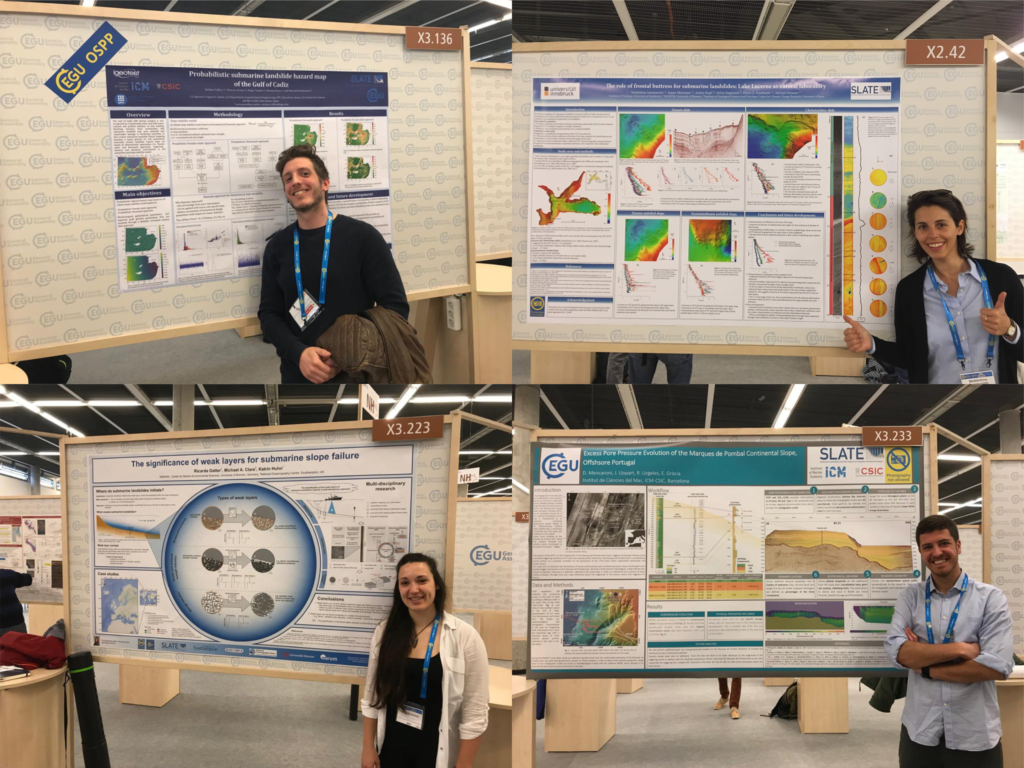
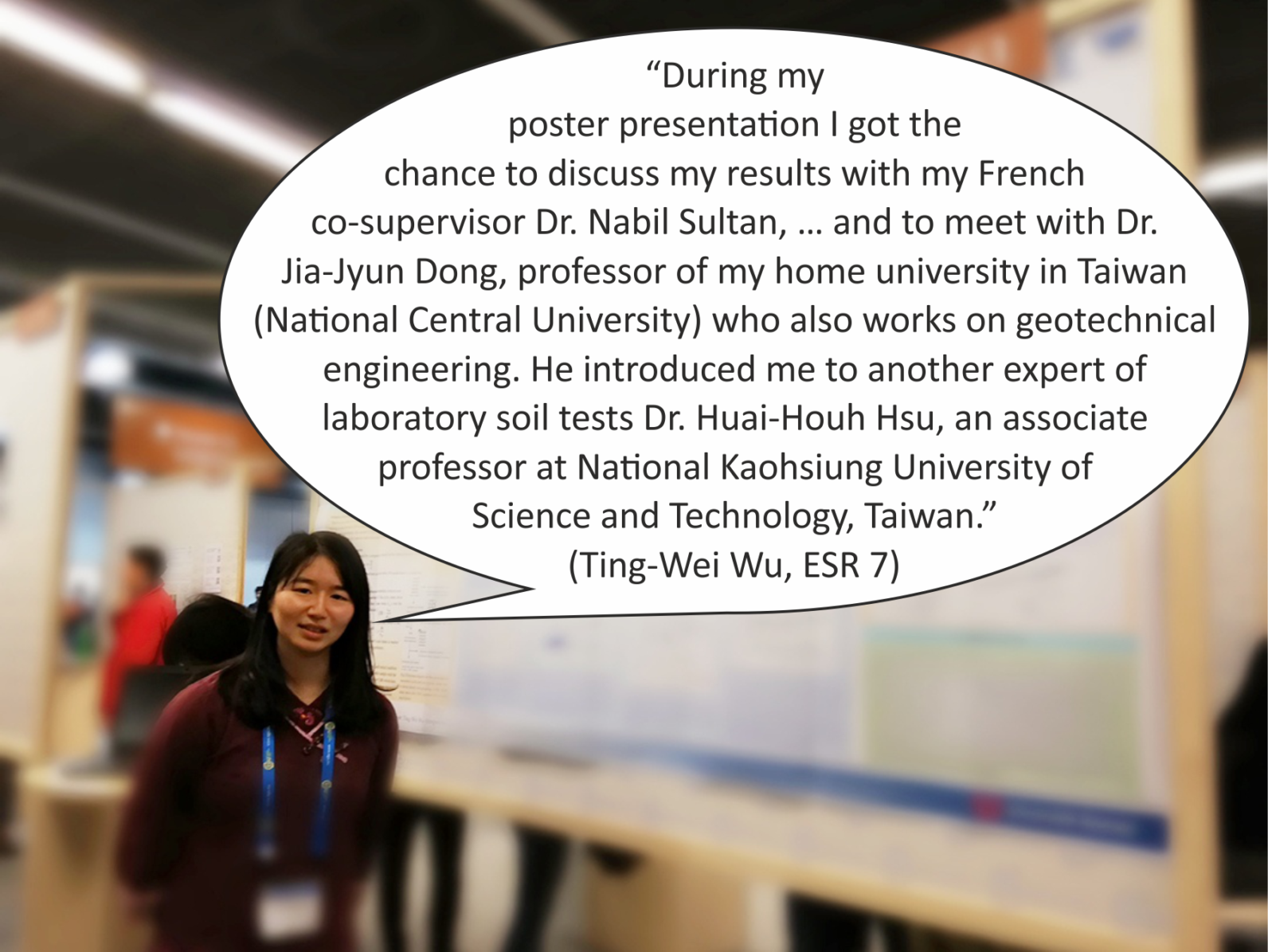
“Presenting a poster at a conference like EGU is a great learning opportunity for any early career scientist. On one hand, I had the chance to discuss my research with people working in the same research field and to meet scientists I had only known from reading their papers. What surprised me the most, however, were the questions I got from scientists specialized in completely different fields, looking at my project from a prospective I do not usually consider. People who were just randomly walking around posters asked me the most challenging questions, highlighting issues that I never considered before, but that helped me to have a more complete understanding of what I am studying.” (Davide Mencaroni, ESR 6)
And learning new thingsApart from presenting our own work, we took the opportunity to learn more about work from outside our own fields. Alongside the traditional poster and oral presentations, EGU also hosts so called “PICO” presentations (Presenting Interative COntent) and short courses on more general topics in science.
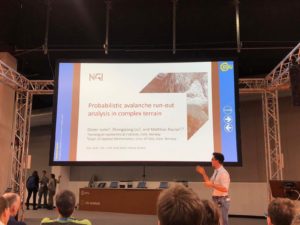
“One thing that I really enjoyed about EGU were the PICO sessions. PICOs start with quick-fire two minute presentations from each researcher to briefly introduce their topic and state their main conclusions. After, everyone moves across to the interactive area, where each presenter has their own workstation and large screen. This really facilitates discussion and allows for more flexibility that a standard poster or talk. For me, the PICO sessions are a great way to be introduced to an unfamiliar area, because the results are presented up front and you get to see a rapid cross section of the state-of-the-art in a particular field.” (Jonathan Ford, ESR 2)
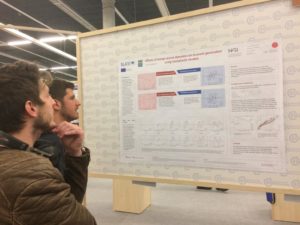
“It was a great opportunity to get some insights from overlapping, but vastly different, fields. For instance to see what the current state of research in Powder Snow Avalanches is, or to get some background knowledge on numerical modelling in turbidity currents as preparation for my secondment at NGI.” (Kate Heerema, ESR 5)
“One of the most exciting sessions I attended was on the recent tsunami events in Sulawesi and West Java (Krakatao), Indonesia (Blog). Although most of the group seemed to agree that these tsunami events were, in fact, submarine landslide-related, there was some surprisingly lively pushback from at least one seasoned researcher. I think the overall tsunami community seems to be experiencing a small paradigm shift in how they think about tsunami hazards. I also enjoyed stopping by different poster sessions related to tsunami hazards and had some great networking conversations with a group of researchers from Singapore about their work and how it relates to some tsunami survey work that I previously did as a master’s student” (William Meservy, ESR 12)
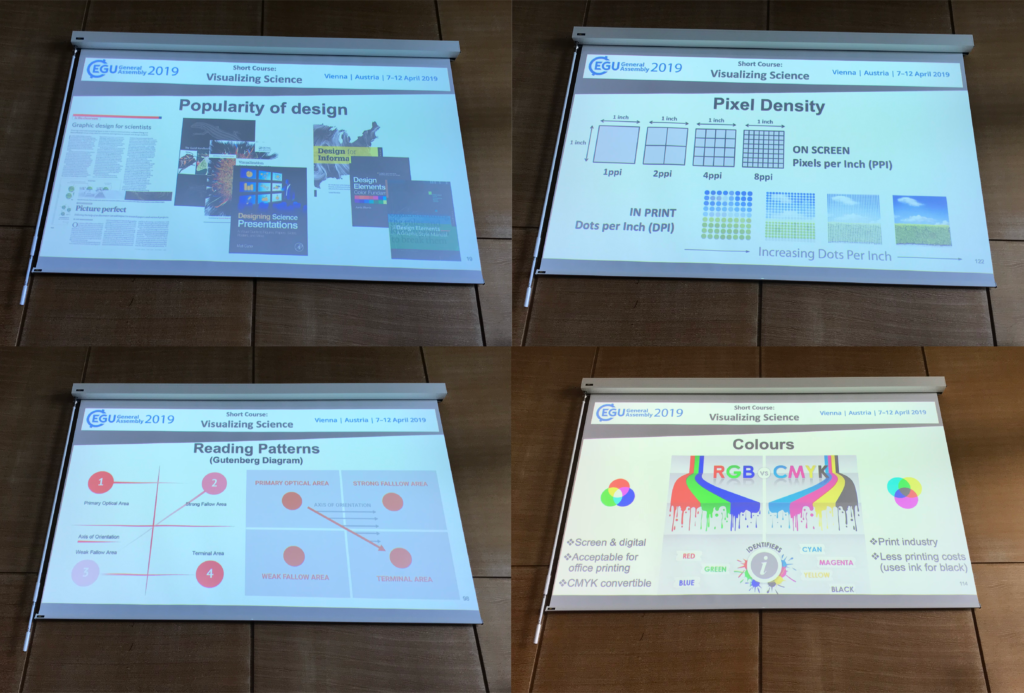
“I went to three courses, of which I especially liked the “Visualizing Science” course. I think we often forget how important it is to present our research to other scientists, as well as to the general public.” (Ricarda Gatter, ESR 9)
“The quantity and variety of soft skill courses available at the EGU undoubtedly adds value to the conference. I attended a course about communicating science with the general public and enjoyed hearing different perspectives about what effective communication looks like, and how that can take different forms. One point that stood out was the value of knowing when it is worthwhile to get the assistance of people who are trained in communication, such as journalists, to communicate significant results.” (Rachel Barrett, ESR 1)
Need help to find your way around? - use the EGU AppFinding your way around a big conference such as EGU can be difficult. Luckily, there was an app available in which you could find all the contributions and put together your personal programme. In addition, we kept everybody up to date with our own contributions via Twitter.
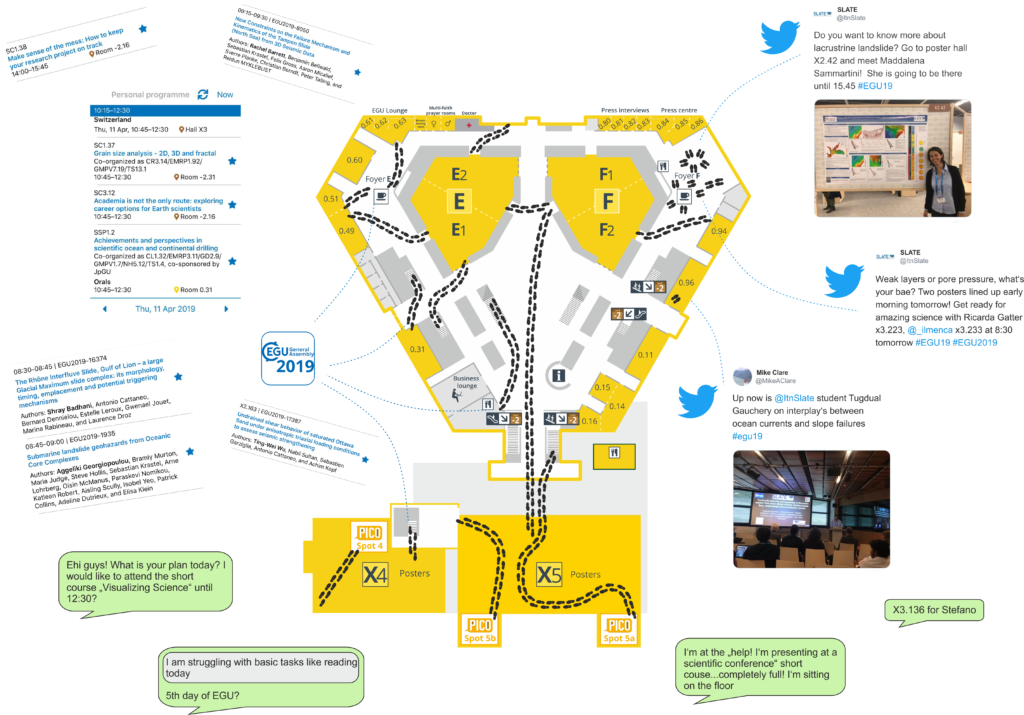
“I knew that EGU is the most important Geoscience conference in Europe, but I didn’t expect something like this. It was difficult not to be impressed by the amount of different topics and talks, but above all, I was struck by the hundreds of posters that everyday are hanging in these huge rooms.” (Maddalena Sammartini, ESR 15)
To sum it up“I was honestly impressed by the EGU conference. It was the perfect environment to discuss a wide range of research topics and learn about other researchers’ PhD experiences.” (Stefano Collico, ESR 8)
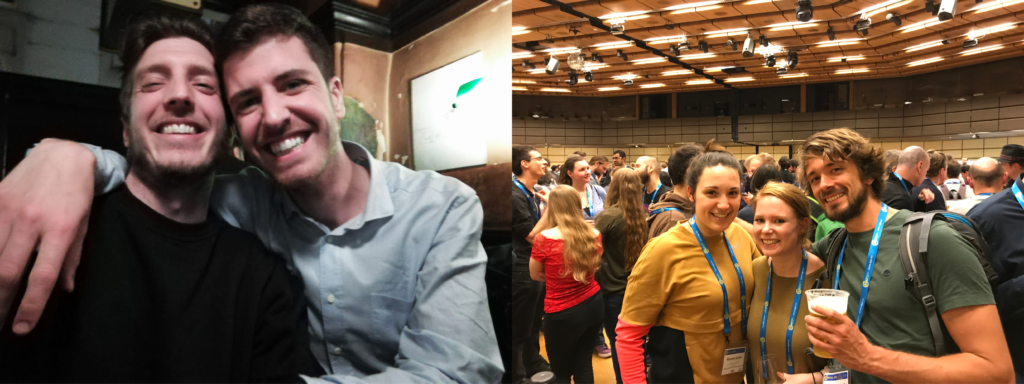
“It is such a great international experience. I even met my friends from my home university in India. I am already looking forward to EGU2020.” (Shray Badhani, ESR 4)
“One of the highlights of the experience for me was that I was lucky enough to be able to bring my wife and kids along to explore Vienna. In the evenings, we were able to walk in the city together and eat a lot of goulash and Viennese chocolate cake” (William Meservy, ESR 12)
“EGU is an essential event for every geoscientist working Europe. It is the perfect opportunity to meet new people with common interests, present the latest progress of your work, get valuable feedback and to foster old friendships” (Matthias Rauter, ESR 14)
EGU - Let's meet again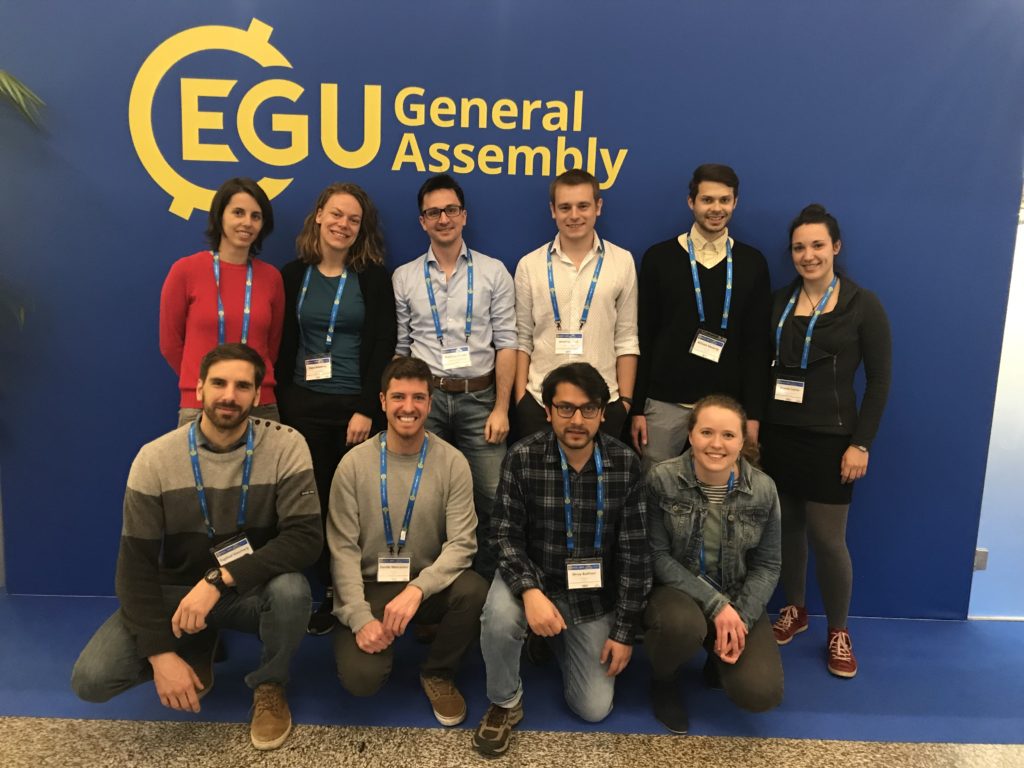 Location
Location
- Vienna, Austria
 Conference Schedule
SLATE participants
ESRs:
Conference Schedule
SLATE participants
ESRs:
- R. Barrett, ESR1 [Talk]
- J. Ford, ESR2 [Talk]
- T. Gauchery, ESR3 [Talk]
- S. Badhani, ESR4 [Talk]
- K. Heerema, ESR5 [Talk]
- D. Mencaroni, ESR6 [Poster]
- T-W Wu, ESR7 [Poster]
- S. Collico, ESR8 [Poster]
- R. Gatter, ESR9 [Poster]
- W. Meservy [Talk]
- T. Zengaffinen, ESR13 [Poster]
- M. Rauter, ESR14 [Talk]
- M. Sammartini, ESR15 [Poster]
- A. Kopf, PI of ESR7 [Poster]
- M. Clare, PI of ESR10 [PICO]
- C. Harbitz, PI of ESR13
- F. Løvholt, PI of ESR14 [Poster]
- F. Løvholt, PI of ESR14 [Convener]
- M. Strasser, PI of ESR15
- A. Georgiopoulou, Advisory Board [Talk]
why do we actually meet? | 2018-09-25
Lake Lucerne Workshop - why do we actually meet?
Kate Heerema (ESR5), Stefano Collico (ESR8) | 23 September 2018
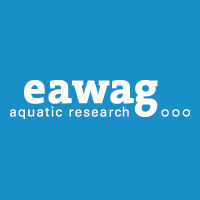
This year’s annual SLATE workshop took place in Switzerland, where we spent a week next to (and on) Lake Lucerne. This week included a 2-day technical workshop and expert courses concerning Presentation skills and science communication, about which future blog posts will follow. Two interesting public lectures were also given within the submarine landslide framework. Alexander Puzrin’s lecture (ETH Zurich) provided some great insights in potential evolution of submarine landslides, and how certain settings can cause greater landslides. Flavio Anselmetti on the other hand gave us an excellent overview of past and ongoing research on Lake Lucerne (http://www.see-tsunami.ch/en/home/).
Additionally, these annual workshops are an excellent opportunity for all 15 PhD students and Principal Investigators (PI’s) in the consortium to meet and exchange experiences and ideas. The SLATE project is a relatively small field within GeoSciences. Nevertheless, a week-long workshop highlights the variety (and importance) of the different projects. The PhD students research all aspects of submarine landslides: from pre-conditioning factors up to projects looking into tsunami hazards. Meeting together, in one location, gives us the opportunity to face our work from different technical points of view (geological, geophysical and geotechnical), developing innovative ideas and underlying the importance of collaboration among PhDs, PI's and institutes. The knowledge exchange between PIs and PhDs makes SLATE an invaluable experience, allowing us to achieve a better overview of actual impacts of Submarine Landslides, and creating an exhaustive overview of the phenomenon.
Besides, the workshop offers an opportunity to exchange PhD experiences far from the project itself. It is great to share generic PhD experiences, and to realise that others have similar ones, creating a tightknit group between the PhD students. In a time where mental health issues in academia are finally acknowledged (see Guardian Article), but still on the rise, exchanging these personal experiences might prove to be as valuable as knowledge. Lastly, the excellent location, together with the great weather has made the workshop at Lake Lucerne an immense success! With a lot of learning, networking and, of course, the occasional dip in the water. Related blog posts from the 'Lake Lucerne Workshop' blog series Location- EAWAG Kastanienbaum (Lake Lucerne)
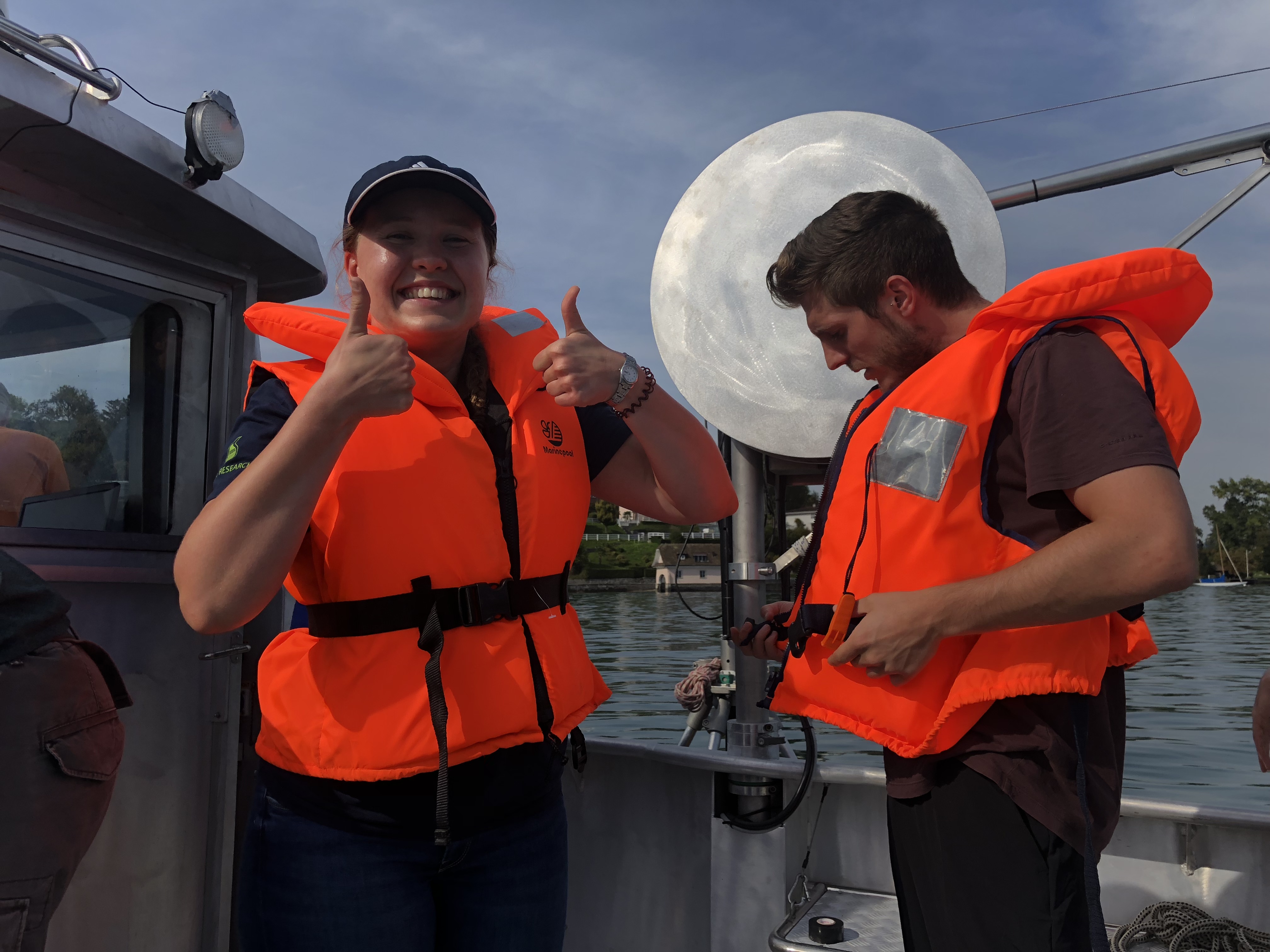
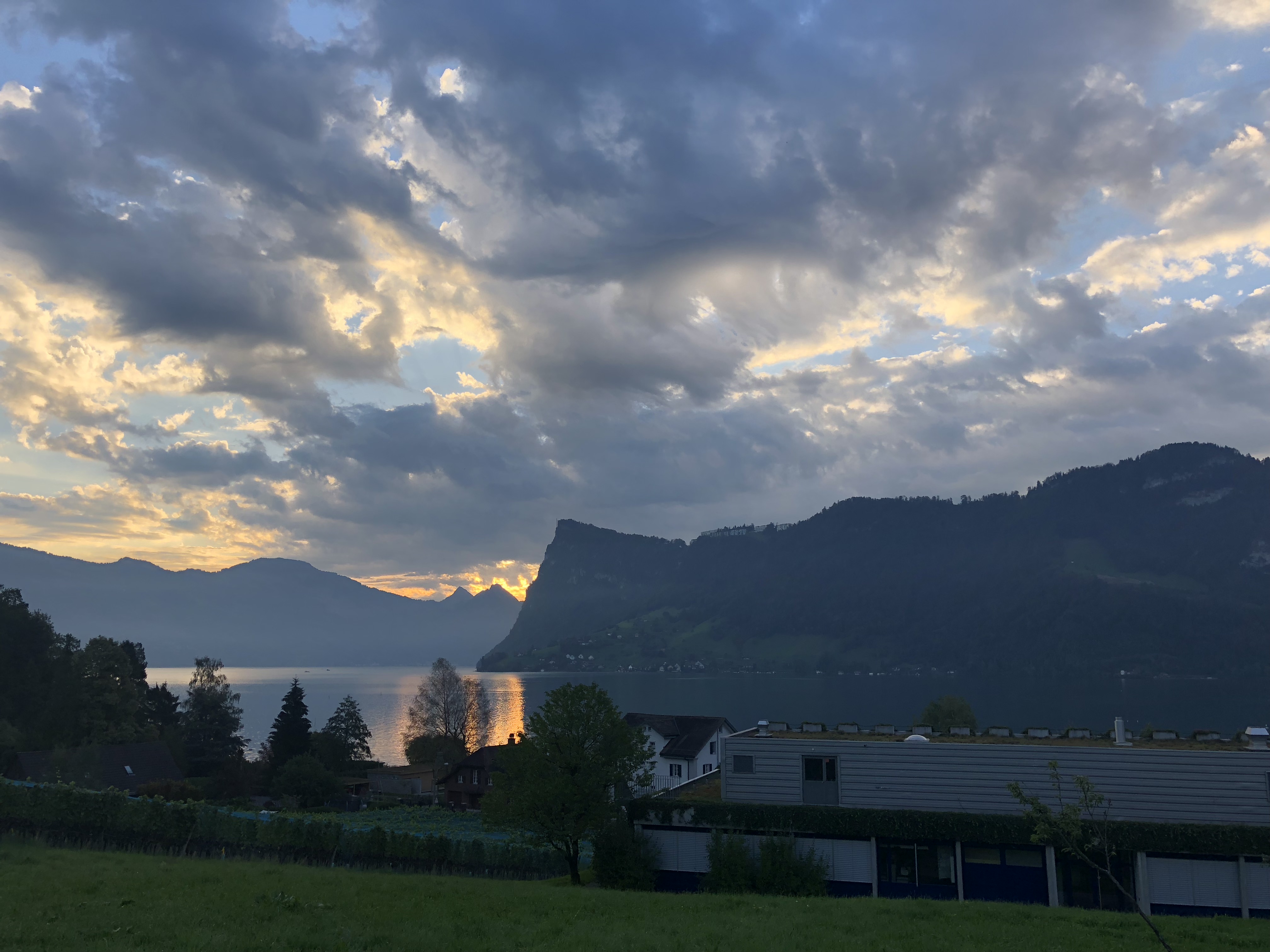
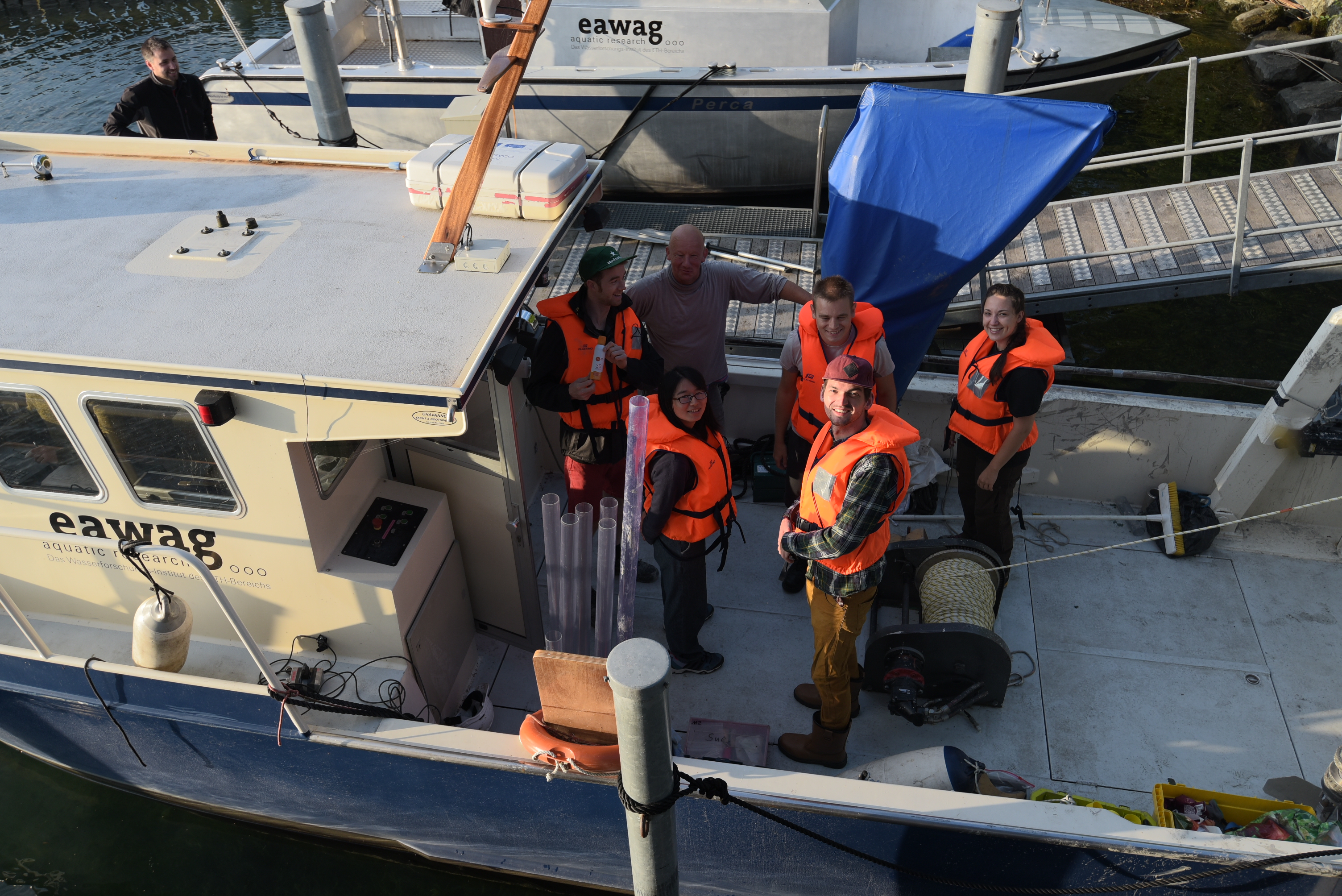
@ Delft, the Netherlands (21-22 June 2018) | 2018-07-17
Impressions from the 4th International Symposium on Cone Penetration Testing (CPT18)
Stefano Collico (ESR8) | @ Delft, the Netherlands (21-22 June 2018)


The 4th International Symposium on Cone Penetration Testing at Delft University (Holland), was mostly focused on the interpretation of cone penetration tests (i.e. CPT, CPTu) in the frame of geotechnical site characterization. New methods concerning the importance of the quality of CPTu measurements, soil delineation interpretation and evaluation of geotechnical design parameters from CPT measurements, were proposed and discussed during the conference. During the open discussions, several opinions come up for further interpretation of these tests.
In this context my work was based on the statistical interpretation of the CPT measurements for the evaluation of the characteristic value of the friction angle in a sand layer. In the specific a Bayesian analysis was conducted to reduce unavoidable uncertainties which intervene in the definition of geotechnical design parameters for a specific site.
Furthermore, several geotechnical companies (i.e. Fugro, Pagani, Geomil equipment) attended the conference aiming to show new equipment developed to optimize the collection of cone penetration measurements.
Paper Abstract:Evaluation of geotechnical parameters on a project site is a necessary step in geotechnical engineering. However, due to the inherent variability of soil properties and the lack of data, many unavoidable uncertainties arise during a site-specific geotechnical characterization. This challenging task can be addressed under the Bayesian framework.
The aim of this paper is to apply the Bayesian approach to a reference example of friction angle evaluation in sand, using the Bayesian Equivalent Sample Toolkit (BEST). BEST is an Excel VBA program for probabilistic characterization of geotechnical properties. In particular, in this study the statistical analysis has been performed using CPT tests from reference field studies. The results obtained for one case study involving CPT are discussed.
Location- Delft, the Netherlands
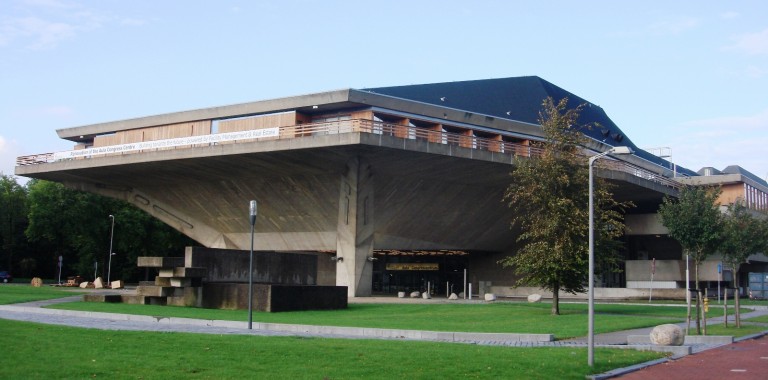 Conference Schedule
Conference Schedule
